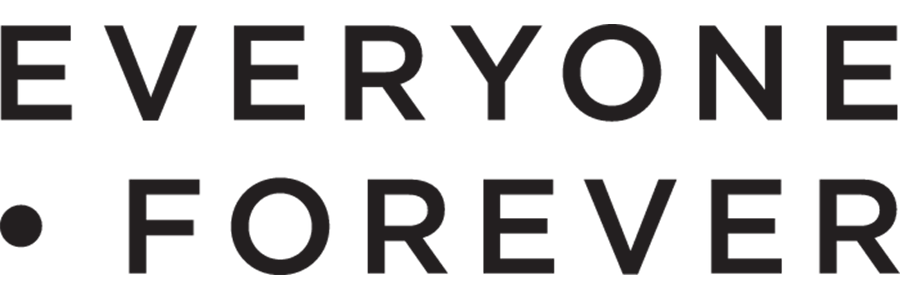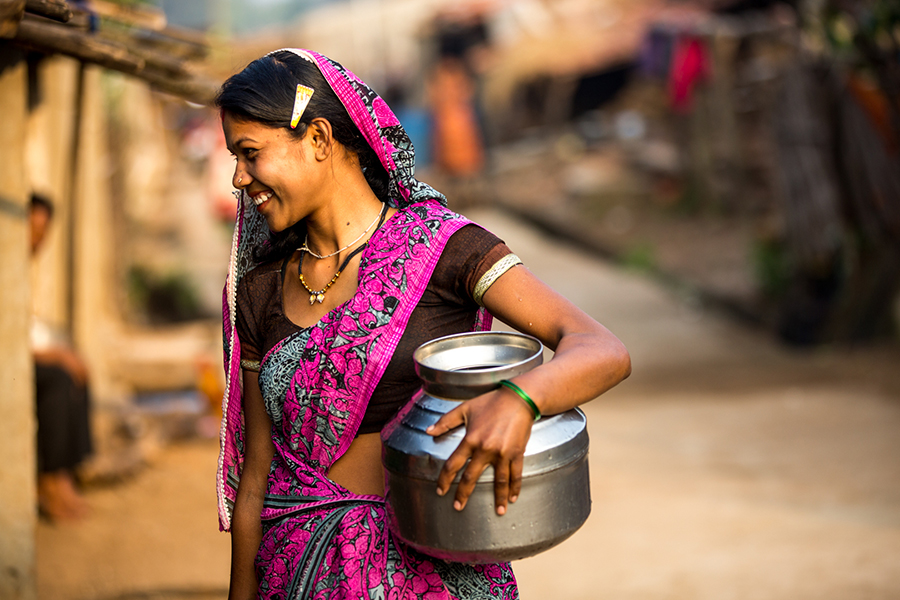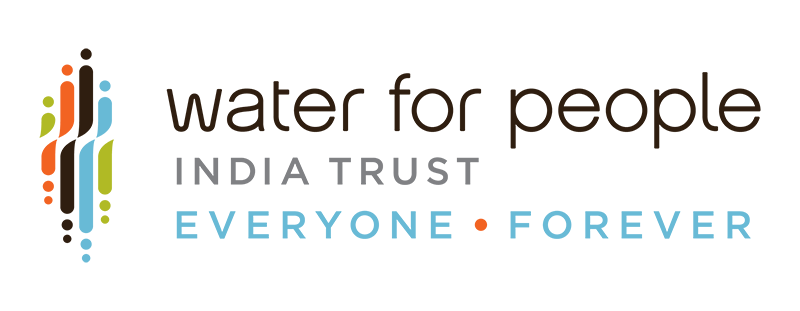
The year 2020 - the Decade of Action to Global Goals - is the start of the ten-year countdown to the deadline for the Sustainable Development Goals (SDGs). The 2030 Agenda for Sustainable Development (2030 Agenda) acknowledges the integrated and indivisible nature of its 17 Sustainable Development Goals and 169 targets and recognizes the need to address these interlinkages to fully achieve its aims.
Water, sanitation, and hygiene (WASH) is at the centre of this ambitious agenda. SDG 6 - ensuring availability and sustainable management of water and sanitation for all - links across all of the other 16 goals and positions WASH as an inter-sectoral investment. For example, universal access to WASH services helps ‘reduce inequalities between and within countries’ (SDG 10).
Every individual needs safe WASH services to survive and thrive. This is true in times of stability and crisis, in urban and rural communities, and in every country around the world. WASH is important in its own right, and is also a necessary foundation for health, nutrition, education, and other outcomes. In 2016, only 68 countries were able to produce national estimates of the proportion of schools with access to basic WASH services. As per the Joint Monitoring Programme (JMP) 2018 global baseline report , nearly 570 million children worldwide lacked a basic drinking water service at their school, over 620 million children lacked a basic sanitation service at their school, and nearly 900 million children lacked a basic hygiene service at their school.
Vulnerable populations such as women, children, and people living with disabilities are particularly affected by poor WASH services. SDG 6 envisions universal, sustainable, and equitable access to reliable WASH services, paying special attention to the needs of women and girls and those in vulnerable situations. This means leaving no one behind in terms of access to safe water and improved sanitation.

SDG 6 also aims to eliminate open defecation. The JMP reports a reduction of open defecation in 91 countries between 2000-2017, equal to 696 million people. It adds that most (three-quarters) of this reduction has been in Central and Southern Asia. According to NITI Aayog’s latest SDG index , India has improved three positions (from 57 points in 2019 to 60 in 2020), slowly inching toward the fulfilment of the SDGs. The report states that “the significant improvement in goal 6 is largely driven by the success of the Swachh Bharat Abhiyan in eliminating open defecation.”
Water will determine India’s ability to achieve high economic growth, ensure environmental stability, and improve quality of life for citizens. At present, 75% of Indian households do not have access to drinking water, and close to 90% of rural households have no access to piped water . The Jal Jeevan Mission aims to provide tap water to all of these households by 2024. Over four times as many houses must be linked to piped water in the coming five years than has been done in the past 72 years.
Water For People India’s vision is for every household, community, and public institution (health centres and schools) to have reliable access to safe water and sanitation for generations to come – sustained by local communities, government, and the private sector. We call this impact model Everyone Forever. This ensures that communities not only feel the direct and indirect benefits of increased access to safe and reliable water and sanitation, but also cultivate a pervasive and powerful community value for it.

Interventions include building local governance and capacity, market strengthening for private sector engagement and partnerships, pilots and innovations, social behaviour change communication, gender and social inclusion, and strong monitoring systems for supporting ongoing systems development. Nearly 1.2 million people have been reached through community drinking water and sanitation, WASH in public institutions, and market-led approaches to sanitation. By 2023, Water For People India aims to directly reach 2.7 million people. We aim to build capacities at the district level which will contribute to organizational commitments, thereby indirectly reaching 14.8 million people.
Water For People India programs are aligned to SDG 6. Through the Everyone Forever model, our work also advances the SDG agenda more broadly, including Good Health & Well-being (SDG 3), Quality Education (SDG 4), Gender Equality (SDG 5), Decent Work &Economic Opportunity (SDG 8), Climate Action (SDG 13), Life Below Water (SDG 14), and Partnerships for the Goals (SDG 17).
The world is rapidly changing. Urbanization, migration, impacts from climate change, and more frequent emergencies will all have an impact on how programmes are implemented. At the same time the development landscape is shifting, with increased recognition that goals will only be met with new financing instruments and sources of funding. Partnerships that engage new and different constituencies are key to finding sustainable solutions, and new actors, including from the private sector, are influencing development agendas.
WASH contributes to numerous other goals, including those relating to nutrition, health, education, poverty and economic growth, urban services, gender equality, resilience, and climate change. As we embark on the next decade - the ten-year countdown to realize the Global Goals - 2020 must serve as a springboard point where our urgent, collective action pushes the world onto the path to success.




















































